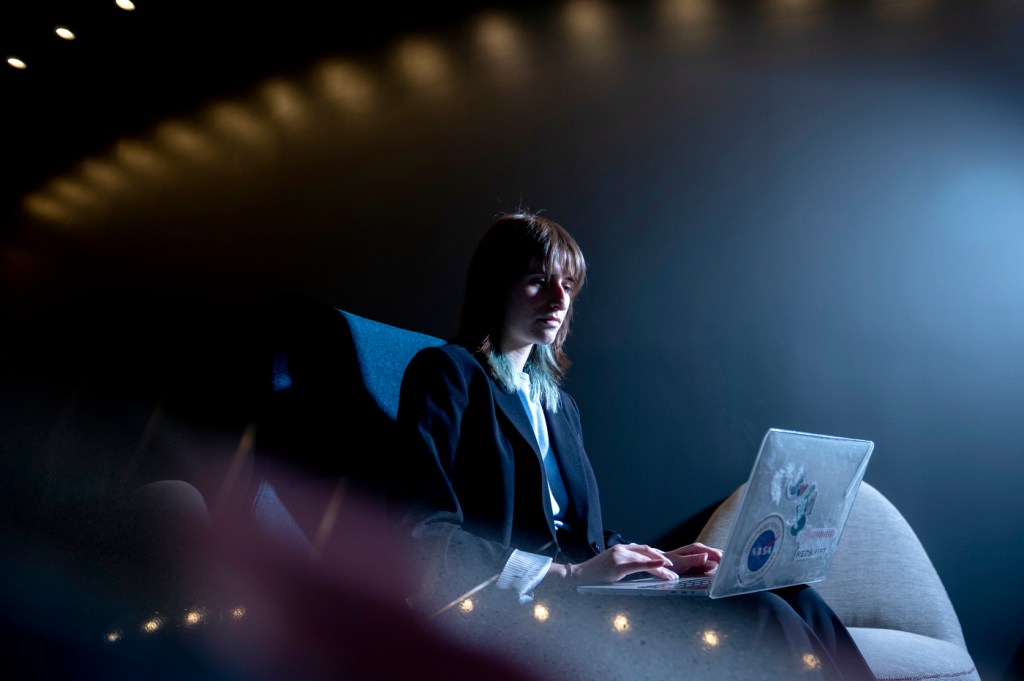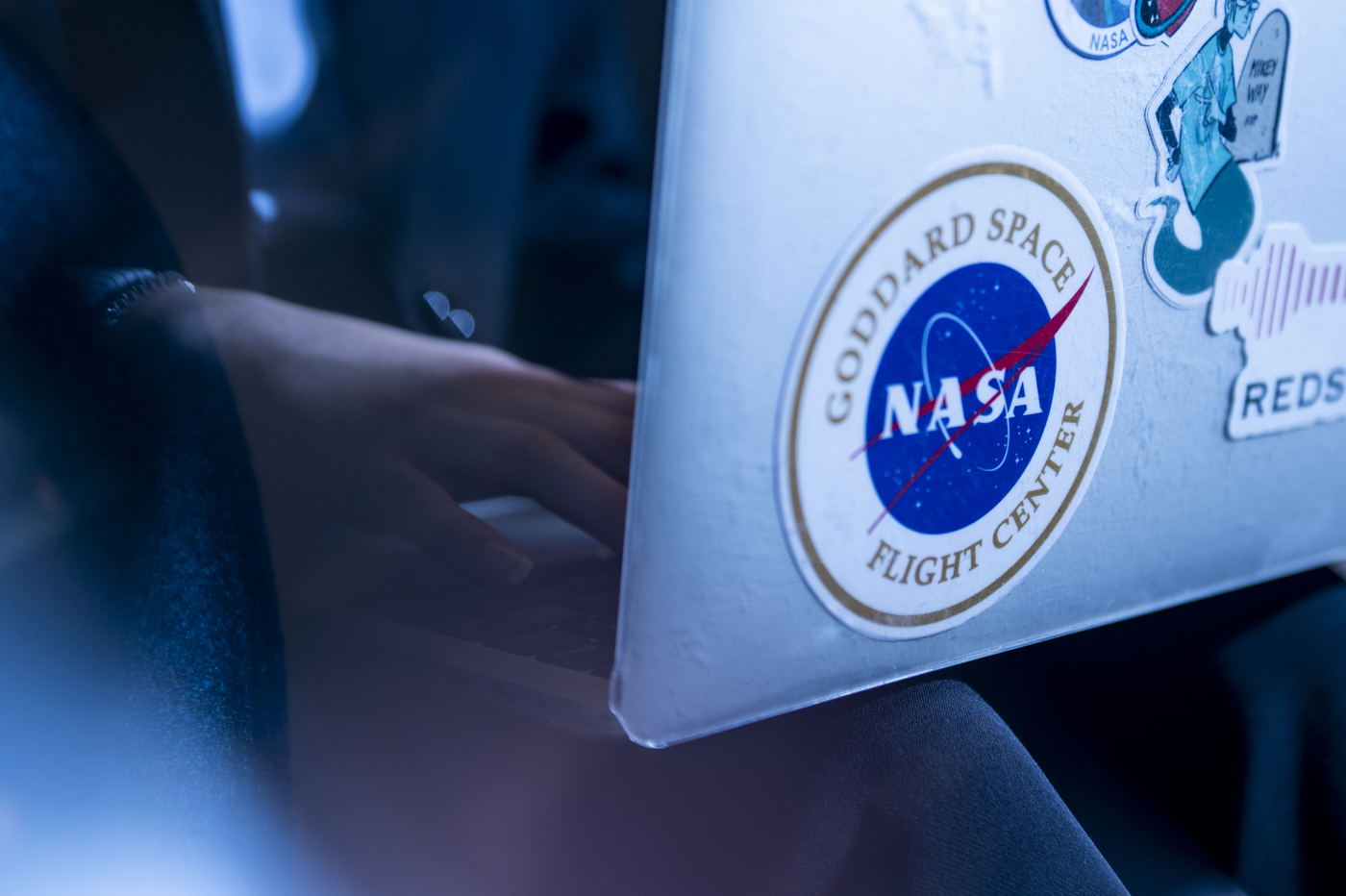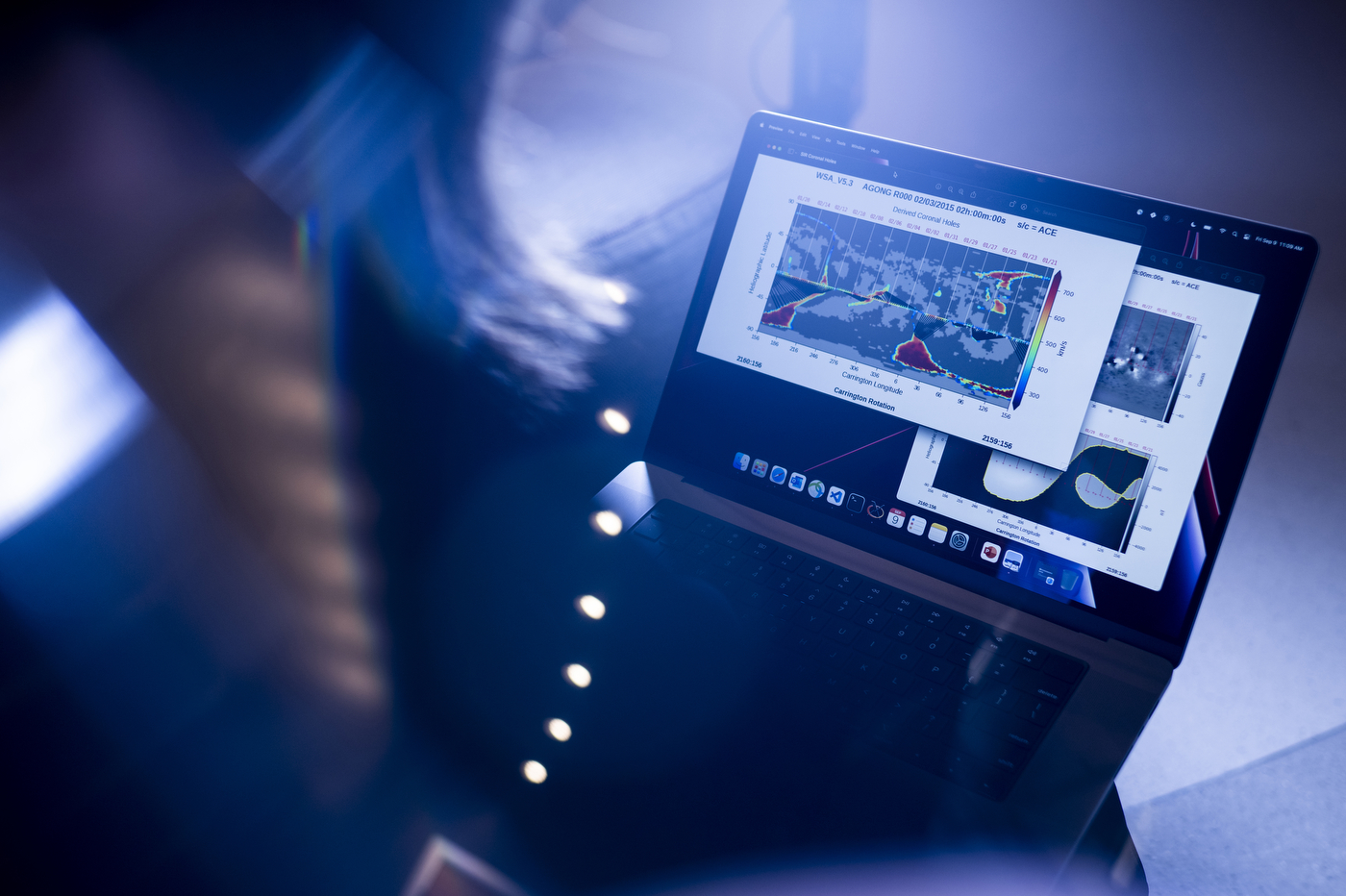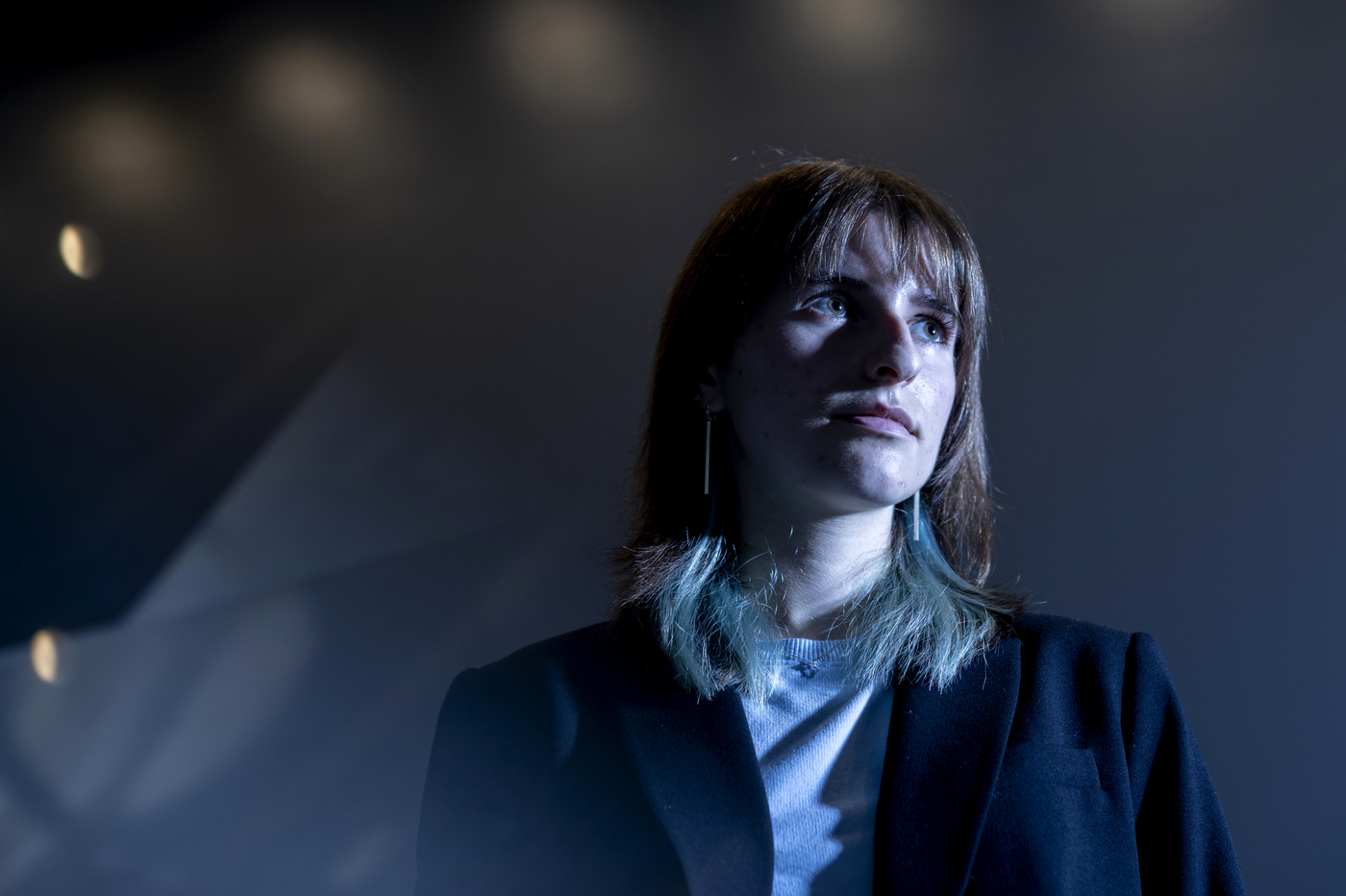Northeastern co-op fulfills childhood dream by working at NASA

Mya Karinchak visited Kennedy Space Center for the first time when she was in middle school. She entered the center’s planetary theater and although it only played a 15-minute video about NASA, Karinchak walked out completely changed.
“By the end of it I had tears in my eyes,” Karinchak recalls. “I was just so in awe, and I think I told my mom, ‘I really want to end up here somehow.’”
This summer, Karinchak’s dream came true. A fourth-year physics student at Northeastern, Karinchak landed a co-op at NASA’s Goddard Space Flight Center, working to predict solar winds and explore their impact on Mars.
“I’ve just always said, ‘Oh, maybe I’ll end up at NASA,’ not knowing if that would ever happen,” Karinchak says. “It was a dream of mine, not something I thought I would get into this early in my life, honestly.”



Karinchak works on the heliophysics–solar physics–team, and her work with a predictive tool called the Wang-Sheeley-Arge model is already leaving a mark on NASA. The WSA model is able to predict solar wind parameters, such as the polarity of the sun’s interplanetary magnetic field in its inner heliosphere and the velocity of solar wind. Karinchak’s work will help determine the most accurate predictions for these parameters and their impacts on the red planet, which can be significant due to the conditions around Mars, she says.
“Mars lacks an intrinsic global magnetic field, so any time solar wind comes to Mars it’s shaping the magnetosphere differently,” Karinchak says. “Every time something brushes past the Martian magnetosphere, it is constantly changing around that.”
By comparing solar wind polarity and velocity predictions with those observed at Martian spacecraft, NASA can also gain new insights into Mars. That information becomes even more relevant as NASA moves forward with plans to send astronauts to Mars.
“When we have these predictions, it’s basically giving more background to what’s happening around Mars,” Karinchak says. “Solar winds affecting the Martian magnetosphere can lead to things like planetary ion escape, which leads to Martian atmospheric erosion, so that’s one application of finding more context around the solar winds and getting more accurate predictions.”
Karinchak still has three months left in her co-op, but she already feels like she’s gained a lot from the experience. More than anything, her passion for science has been reaffirmed by working with the talented scientists at NASA.
“The inspiring passion and affinity of people that work at NASA just for science or whatever they’re working on, whatever their specific project is–it’s just something that brings everyone together,” Karinchak says.
Her co-workers at NASA have also helped give her a new perspective on her future. Karinchak is entering the final year of her undergraduate education at Northeastern–and is on track to the mechanical engineering PlusOne graduate program. The future is coming up fast, but Karinchak feels that her experience at NASA has helped her learn that the path to success is far from linear.
“I feel like it’s always encouraging to hear from Ph.D. scientists at NASA who have done years of research and have relevant experience that ‘I didn’t have a linear path. Explore your interests. There’s always a lot of ways things can go, and you can’t predict that.,’” Karinchak says.
“I don’t want to put too much pressure on my path. I just want to see where things take me. I want to stay true to my passion and then that can lead the way.”
For media inquiries, please contact Marirose Sartoretto at m.sartoretto@northeastern.edu or 617-373-5718.






